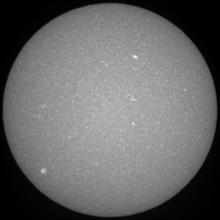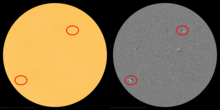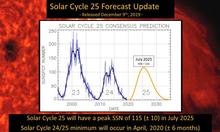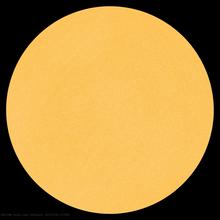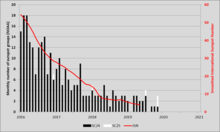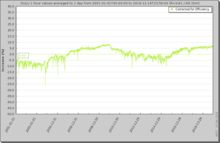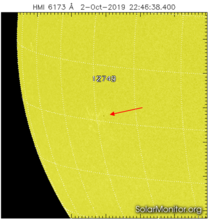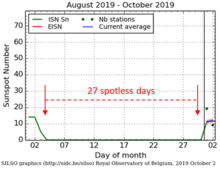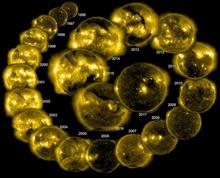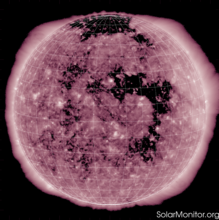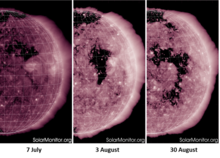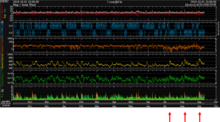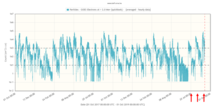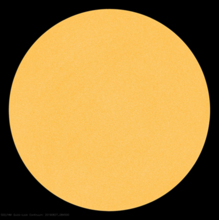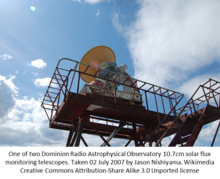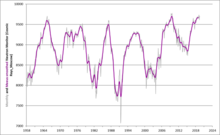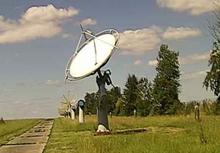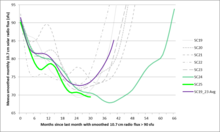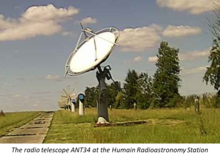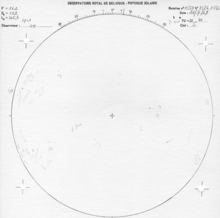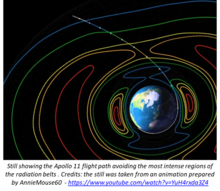news
Submitted on 2019-12-25
On 24 December, 2 sunspot regions of the new solar cycle (SC25) were visible on the solar disk at the same time.
Submitted on 2019-12-16
The Sun has been spotless for more than 33 days, longer than the longest spotless stretch of the previous solar cycle minimum.
Submitted on 2019-10-03
The appearance of sunspot region NOAA 2749 ended a 27 day stretch of spotless days.
Submitted on 2019-09-17
The Journal of Space Weather and Space Climate (JSWSC) has opened a new Topical Issue entitled "Space climate: The past and future of solar activity".
Submitted on 2019-09-11
A recurrent coronal hole shaped as the number "7" was associated with very high wind speeds up to 750 km/s, resulting in unusually high numbers of energetic electrons in the earth environment.
Submitted on 2019-08-27
A new long spotless stretch, very low observed values of the solar radio flux, and very high values for the cosmic rays flux: Clearly we are walking through the valley of the solar cycle minimum.
Submitted on 2019-08-02
Still in complete awe, we have to bring terrible news: Anne Vandersyppe, our Anne, died on July 31, 2019.
Submitted on 2019-07-29
A comparison of the current monthly solar radio flux values with those from previous solar cycle transits suggests that the next solar cycle minimum may take place during the summer of 2019.
Submitted on 2019-07-23
Evaluating the solar and geomagnetic activity during the 16-24 July 1969 flight of Apollo 11, it becomes clear that space weather conditions were favorable to this historical mission to the Moon.
Submitted on 2019-07-16
The Journal of Space Weather and Space Climate announces the launch of a new supplement titled "Agora". The Agora will be the place for the space weather community to discuss, evaluate and distribute non-traditional scientific output in the field of space science and space climate.
Pages
Zircon - This is a contributing Drupal Theme
Design by
WeebPal.

